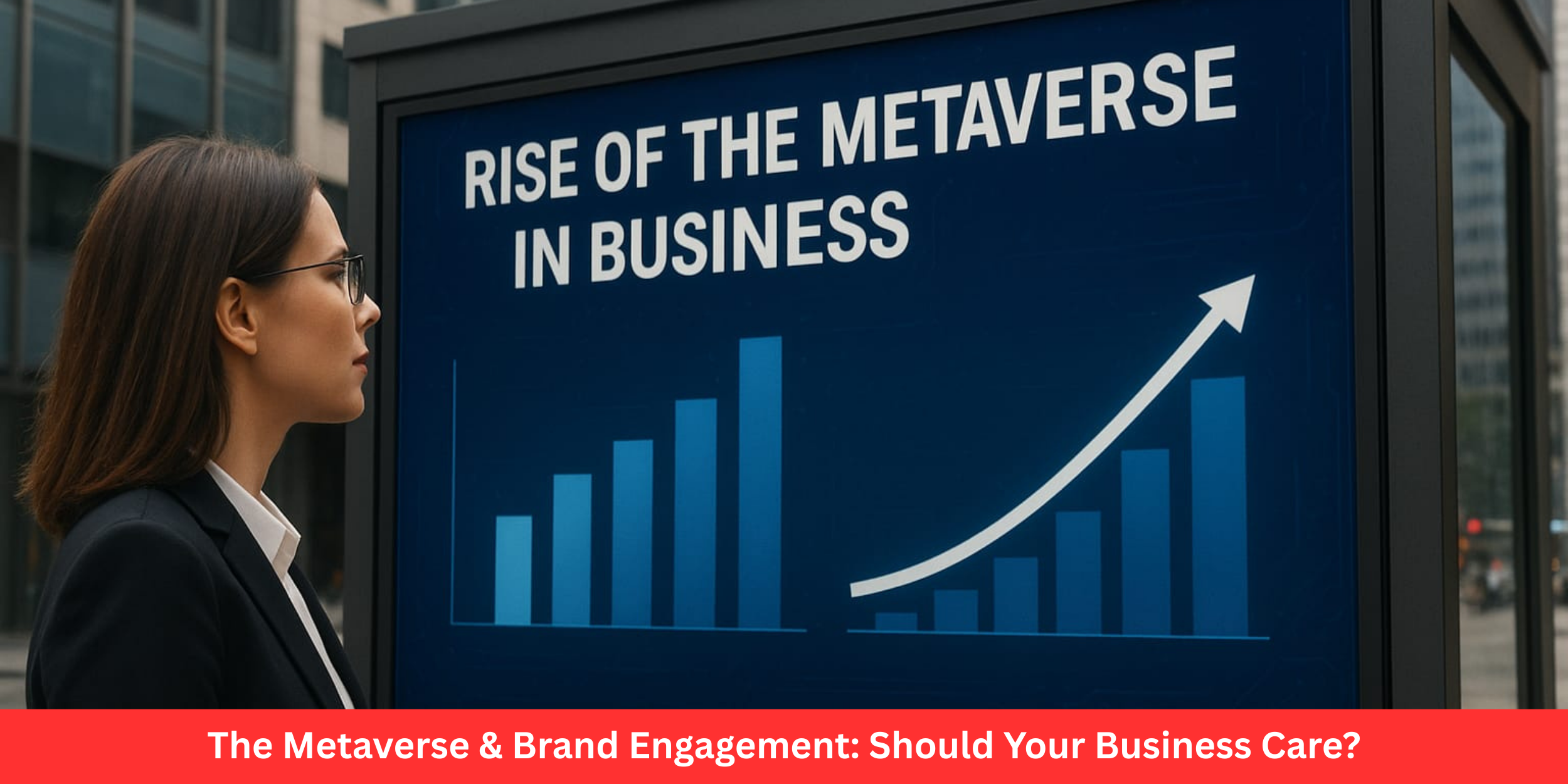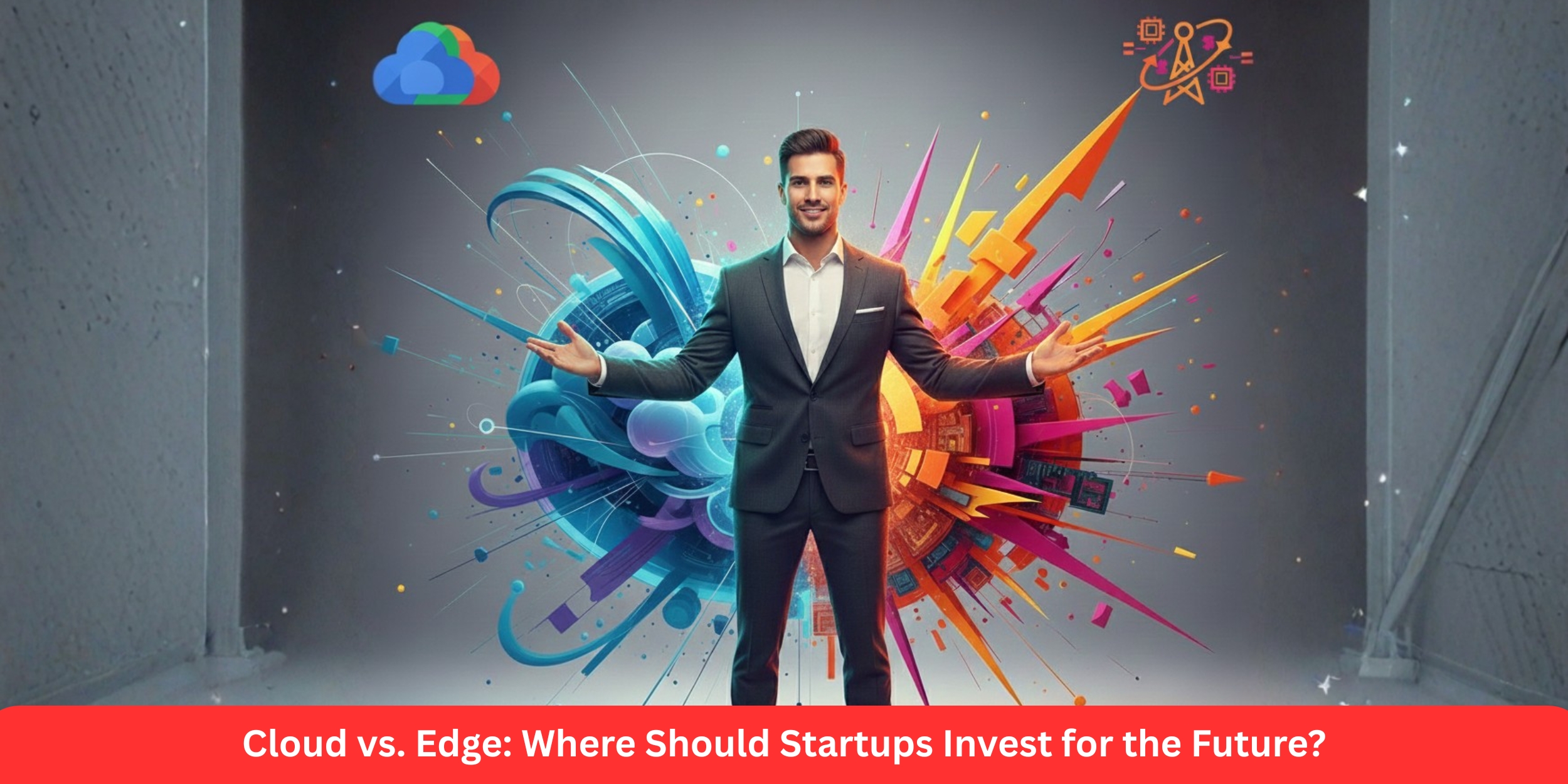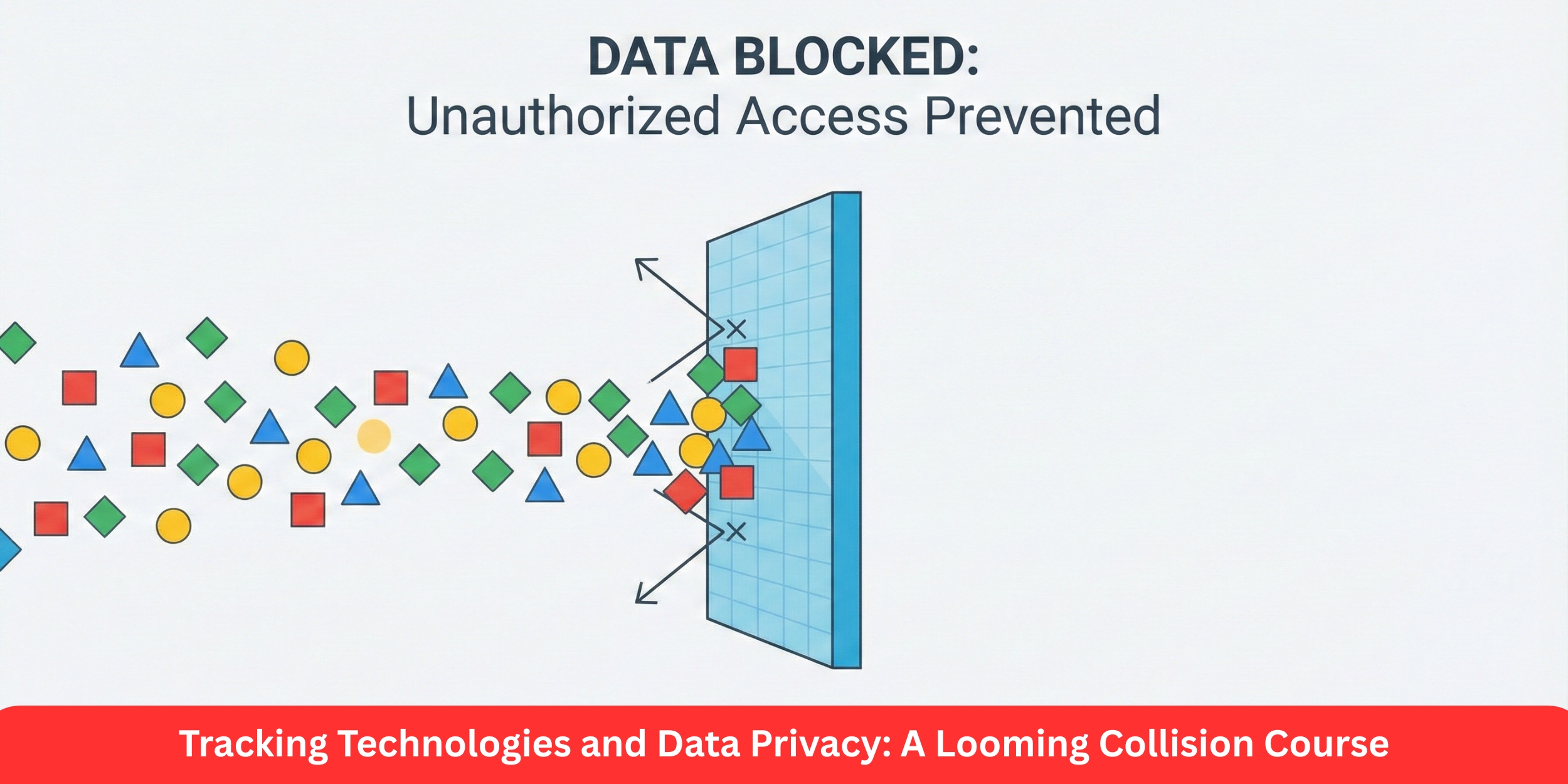
Introduction: The Emergence of the Metaverse
Over the past few years, the Metaverse has moved from being a futuristic buzz term to a serious discussion in boardrooms around the globe. With industry leaders Meta, Microsoft, Google, and Apple pouring billions into virtual environments, companies are wondering a critical question: "Do we need to pay attention to the Metaverse and brand interaction, or is it another fleeting fad?"
The Metaverse promises to be a rich, networked digital world where consumers socialize, work, shop, and engage. This next step offers digital marketing, customer interaction, and brand narrative new chances. To companies, neglecting the Metaverse risks being behind in an age when customer experiences are becoming virtual-first.
In this blog, we’ll explore the impact of the Metaverse on brand engagement, practical strategies for businesses, and whether your brand should actively prepare for this next digital frontier.
Chapter 1: Understanding the Metaverse and Its Business Potential
What is the Metaverse?
The Metaverse is a shared digital world that combines physical and virtual reality using technologies such as VR (Virtual Reality), AR (Augmented Reality), blockchain, and AI. In contrast to conventional social platforms, it enables 3D, interactive, and immersive experiences.
Customers don't simply swipe through a feed rather, they enter digital spaces, build avatars, buy digital items, and go to virtual events.
Why Does It Matter to Brands?
Immersive experiences: Brands can build worlds where customers directly engage with products.
Worldwide access: The Metaverse knows no bounds, providing access to millions of worldwide users.
New-gen interaction: Customers can establish more emotional links by "living" a brand, not simply viewing it.
Chapter 2: The Evolution of Brand Engagement
From Social Media to the Metaverse
Over the past decade, businesses have shifted from TV and print ads to social-first strategies. Platforms like Instagram, TikTok, and LinkedIn changed the way brands communicate.
The Metaverse is the next step moving from two-dimensional interactions to immersive 3D engagement.
Then: Likes, shares, and comments.
Now: Avatars trying on clothes in virtual stores, attending branded concerts, or visiting 3D product showrooms.
Customer Expectations in 2025
Consumers today particularly Gen Z and Gen Alpha expect gamification, personalization, and immersive experiences. Research indicates that 74% of Gen Z users are likely to engage more with brands providing immersive digital experiences.
Chapter 3: Business Opportunities in the Metaverse
1. Virtual Stores & Shopping
Major brands such as Nike, Gucci, and Adidas have already opened virtual stores where consumers can buy physical as well as digital products (NFTs).
Advantages:
Less overhead compared to physical stores
Longer customer interaction time
New streams of revenue from digital property
2. Virtual Events and Experiences
Concerts, conferences, and product releases now occur in the Metaverse. Travis Scott's Fortnite virtual concert drew 12.3 million live viewers, demonstrating the magnitude of interaction achievable.
3. Gamified Marketing
Firms can develop engaging games related to their offerings. An example is a company that creates a Metaverse car racing game where users earn digital coupons as rewards.
4. Brand Partnerships & NFTs
NFTs (non-fungible tokens) enable brands to offer one-of-a-kind digital goods such as collectible art, branded avatars, or special digital items.
Chapter 4: Challenges & Risks of the Metaverse
1. Expensive Cost of Entry
Creating a Metaverse presence entails the cost of 3D design, VR/AR technology, and blockchain integration. For small companies, it might not be feasible.
2. ROI Uncertainty
While the Metaverse provides hype, it's difficult for many companies to quantify real returns on investment (ROI).
3. Security & Privacy Issues
Collecting data, verification of identity, and protection of users are critical concerns in virtual worlds.
4. Adoption by Users
The Metaverse is in its infancy. Although millions are testing, mass adoption has not been achieved yet.
Chapter 5: Should Your Business Care About the Metaverse?
This is the fundamental question. The response relies on:
Your Industry: Retail, entertainment, real estate, and fashion are already booming in the Metaverse.
Your Audience: If your audience is Gen Z or Gen Alpha, they are likely early adopters.
Your Resources: Not all businesses will need to jump in straight away, but being ready for the future of customer engagement is paramount.
Practical Advice
Test in baby steps: Begin with AR filters, gamified campaigns, or virtual events.
Test ROI: Use data analytics to track engagement.
Collaborate: Work with well-established Metaverse platforms such as Decentral and, Roblox, or Sandbox.
Chapter 6: Real-World Examples of Brands in the Metaverse
Nike: Opened Nikeland in Roblox, where fans create avatars with branded fashion.
Gucci: Sold a digital handbag for more than its real-world equivalent.
Coca-Cola: Issued branded NFTs and held virtual parties.
Wendy's: Built a virtual restaurant within Fortnite.
These case studies demonstrate that brand activity in the Metaverse is not theory it's fact.
Chapter 7: The Metaverse Brand Engagement of the Future
Forecasted Trends in 2025 and Beyond
Hyper-personalization: AI-driven avatars with personalized product recommendations.
Hybrid shopping: Shop in the Metaverse, ship in real life.
Cross-platform integration: Effortless transition between AR, VR, and Web3 environments.
Decentralized marketing: Brands will engage with communities instead of owning experiences.
Conclusion: Should Your Business Care?
The Metaverse is not a passing fad, it's the next phase of online interaction. Although not all companies need to spend a lot today, it is crucial to know, test, and prepare for this digital transition.
Briefly, your company should be concerned if:
· You are marketing to younger generations
· You care about immersive interaction
· You need to future-proof your brand
Overlooking the Metaverse today may result in losing competitive ground tomorrow. The secret to success is to begin small, strategic, and scalable.





